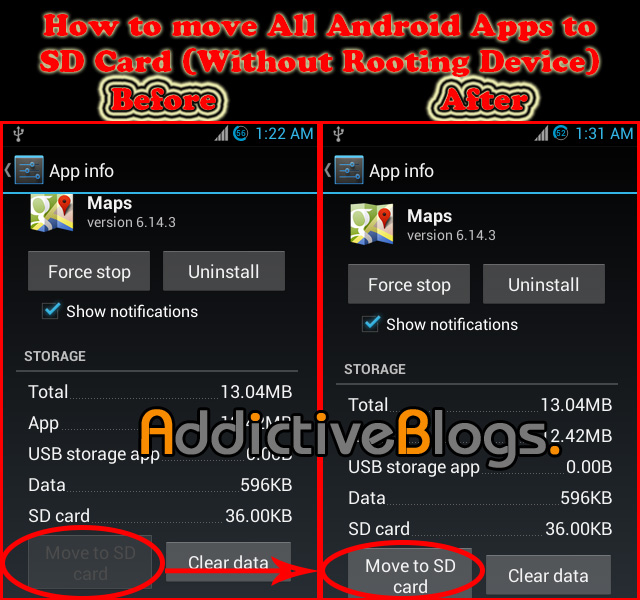In today’s data-driven world, databases are the backbone of most applications, ranging from small websites to large enterprise systems. Understanding the different types of databases is crucial for anyone involved in software development, data management, or IT infrastructure. This guide will walk you through the various types of databases, their unique characteristics, and how they are used in real-world scenarios.
Section 1: Relational Databases
What Are Relational Databases?
Relational databases are the most widely used type of database, known for organizing data into tables with rows and columns. Each table represents an entity, and relationships between tables are defined using foreign keys. Relational databases follow the ACID (Atomicity, Consistency, Isolation, Durability) principles, ensuring data integrity and reliability.
Case Study: Relational Databases in E-commerce
An e-commerce platform like Amazon relies heavily on relational databases to manage its vast inventory, customer data, and transactions. For instance, a product catalog might be stored in one table, customer information in another, and order history in a third. The relational database allows Amazon to efficiently query and join these tables to display relevant products to users, track orders, and manage inventory in real-time.
Popular Relational Databases
- MySQL: An open-source relational database that is highly popular for web applications.
- PostgreSQL: Known for its robustness and support for advanced features like JSON and XML data types.
- Oracle Database: A commercial database often used by large enterprises for mission-critical applications.
Advantages of Relational Databases
- Data Integrity: Relational databases enforce data consistency through foreign keys and constraints.
- Complex Queries: SQL (Structured Query Language) allows for sophisticated querying, joining, and aggregating of data.
- ACID Compliance: Ensures that transactions are processed reliably and consistently.
When to Use Relational Databases
Relational databases are ideal for applications requiring complex queries, data integrity, and structured data. They are commonly used in financial systems, enterprise resource planning (ERP) software, and customer relationship management (CRM) systems.
Section 2: NoSQL Databases
Introduction to NoSQL Databases
NoSQL databases are designed to handle large volumes of unstructured or semi-structured data. Unlike relational databases, NoSQL databases do not rely on a fixed schema, making them more flexible and scalable. They are categorized into four main types: document-based, key-value stores, column-family stores, and graph databases.
Case Study: NoSQL Databases in Social Media
Social media platforms like Facebook and Twitter use NoSQL databases to manage the vast amounts of unstructured data generated by users, such as posts, comments, and likes. For example, Facebook uses a combination of Apache Cassandra (a column-family store) and HBase (a key-value store) to manage its distributed data across multiple servers, ensuring high availability and fault tolerance.
Types of NoSQL Databases
- Document-Based Databases: Store data as JSON-like documents. Examples: MongoDB, Couchbase.
- Key-Value Stores: Store data as key-value pairs, ideal for caching and session management. Examples: Redis, DynamoDB.
- Column-Family Stores: Organize data into columns, allowing for efficient querying of large datasets. Examples: Apache Cassandra, HBase.
- Graph Databases: Store data as nodes and edges, representing entities and their relationships. Examples: Neo4j, Amazon Neptune.
Advantages of NoSQL Databases
- Scalability: NoSQL databases can scale horizontally across multiple servers.
- Flexibility: Support for unstructured and semi-structured data without requiring a fixed schema.
- Performance: Optimized for large-scale data ingestion and retrieval, making them suitable for big data applications.
When to Use NoSQL Databases
NoSQL databases are well-suited for applications with large volumes of unstructured data, real-time analytics, and distributed architectures. They are commonly used in social media, big data analytics, and IoT (Internet of Things) applications.
Section 3: Specialized Databases
In-Memory Databases
In-memory databases store data in the system’s main memory (RAM) instead of on disk, resulting in significantly faster data access and processing times. They are often used for real-time applications that require rapid read/write operations.
Case Study: In-Memory Databases in Financial Trading
Financial trading platforms rely on in-memory databases to execute trades in milliseconds. For instance, the New York Stock Exchange (NYSE) uses an in-memory database to process thousands of transactions per second, ensuring that traders can act on market changes in real-time.
Graph Databases
Graph databases store data in nodes and edges, making them ideal for applications that involve complex relationships, such as social networks, fraud detection, and recommendation engines.
Example: Graph Databases in Recommendation Engines
Companies like Netflix use graph databases to power their recommendation engines. By analyzing the relationships between users, movies, and genres, Netflix can suggest content that aligns with a user’s preferences.
Time-Series Databases
Time-series databases are optimized for storing and querying time-stamped data, making them ideal for applications that involve monitoring, IoT, and financial data analysis.
Example: Time-Series Databases in IoT
An IoT platform that monitors industrial equipment might use a time-series database to store sensor data. This allows for efficient querying of historical data to detect trends, anomalies, or predict maintenance needs.
Advantages of Specialized Databases
- Tailored Performance: Optimized for specific data types and access patterns.
- Efficiency: Provide faster performance for specialized tasks compared to general-purpose databases.
- Scalability: Designed to handle large volumes of data, particularly in distributed environments.
When to Use Specialized Databases
Specialized databases are ideal for applications with specific requirements that cannot be efficiently met by relational or NoSQL databases. They are commonly used in financial trading, IoT, real-time analytics, and social networking.
Conclusion
Understanding the different types of databases is crucial for making informed decisions about data management and application development. Relational databases offer strong data integrity and complex querying capabilities, making them ideal for structured data and mission-critical applications. NoSQL databases provide flexibility and scalability, making them suitable for unstructured data and distributed systems. Specialized databases, such as in-memory, graph, and time-series databases, offer tailored solutions for specific use cases that require high performance and efficiency.
When selecting a database, it’s essential to consider the nature of the data, the scalability requirements, and the specific needs of the application. By choosing the right type of database, you can ensure that your system is both efficient and scalable, capable of handling the demands of modern applications.









